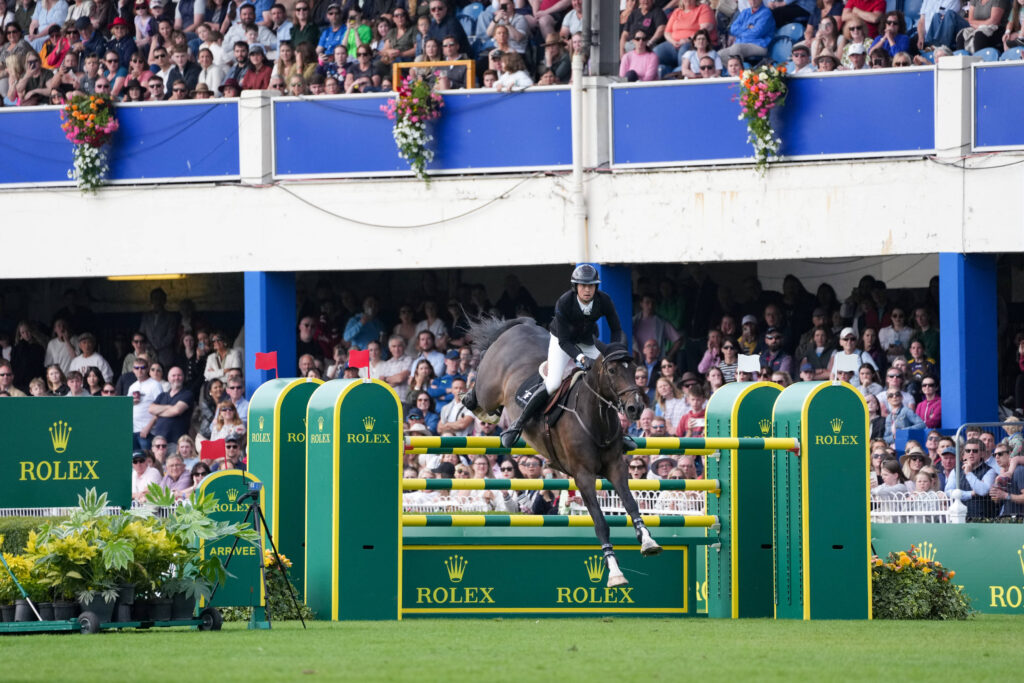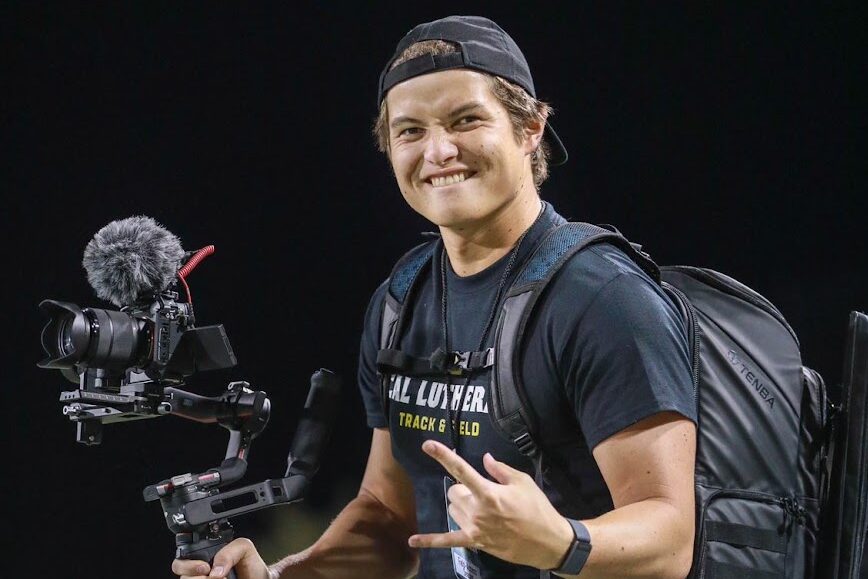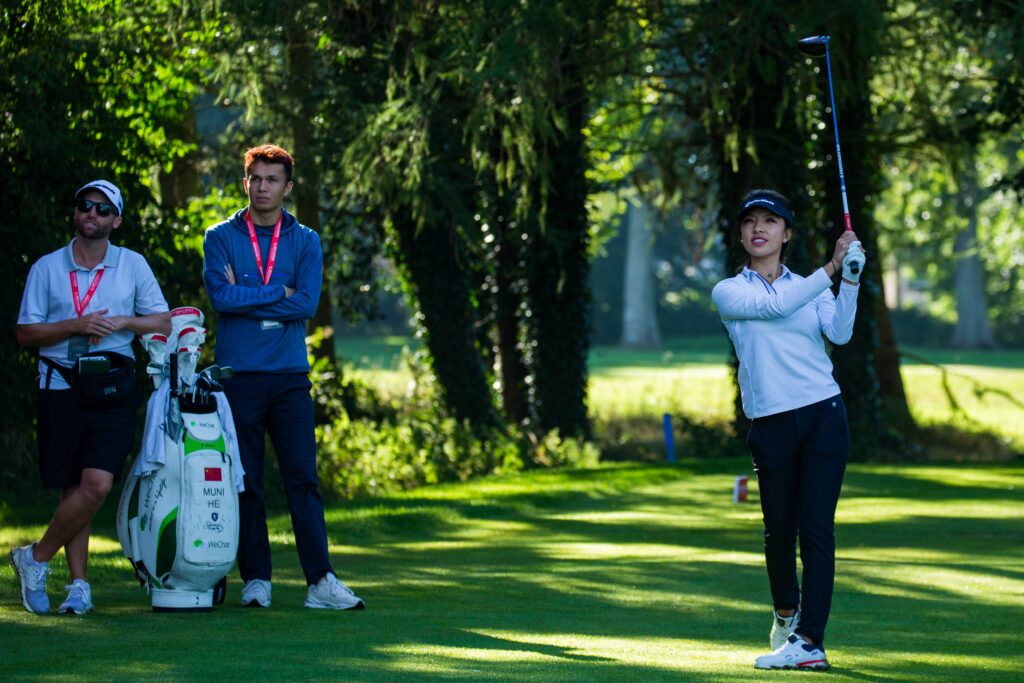
When the term WAG first exploded into public consciousness during the 2006 FIFA World Cup, it was anything but flattering. Short for “wives and girlfriends,” it was a catch-all the British press used to describe the glamorous partners of England’s footballers, often photographed poolside with champagne, dripping in designer brands, and splashed across the tabloids. The subtext was clear: these women existed on the sidelines, their value measured by their proximity to fame and their capacity for conspicuous luxury.
But that was nearly two decades ago. The word has not only endured, it has changed. Where once it was shorthand for a stereotype, WAG is increasingly being reframed as a label that can empower rather than diminish. Its modern evolution has been shaped by women who refuse to be defined solely by the athlete they date or marry, as well as by a surprising new twist: its application to men.
Nicole Scherzinger and Lewis Hamilton stand out as one of the prime examples of a non-performative WAG and athlete relationship, and an early signal that the stereotype could be challenged. At the height of their romance, the term “WAG” was still laden with tabloid connotations, yet Nicole never fit neatly into that box. Already a global star with the Pussycat Dolls and later as a solo artist and TV personality, she brought her own established identity to the partnership. While headlines sometimes reduced her to “Hamilton’s girlfriend,” her visibility also complicated the notion that WAGs existed only on the sidelines. In many ways, Nicole represented a transitional figure: proof that the label could apply to someone with equal star power, foreshadowing the way later generations of WAGs, like Lily Muni He, would actively redefine it on their own terms.
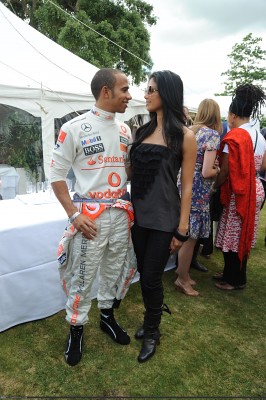
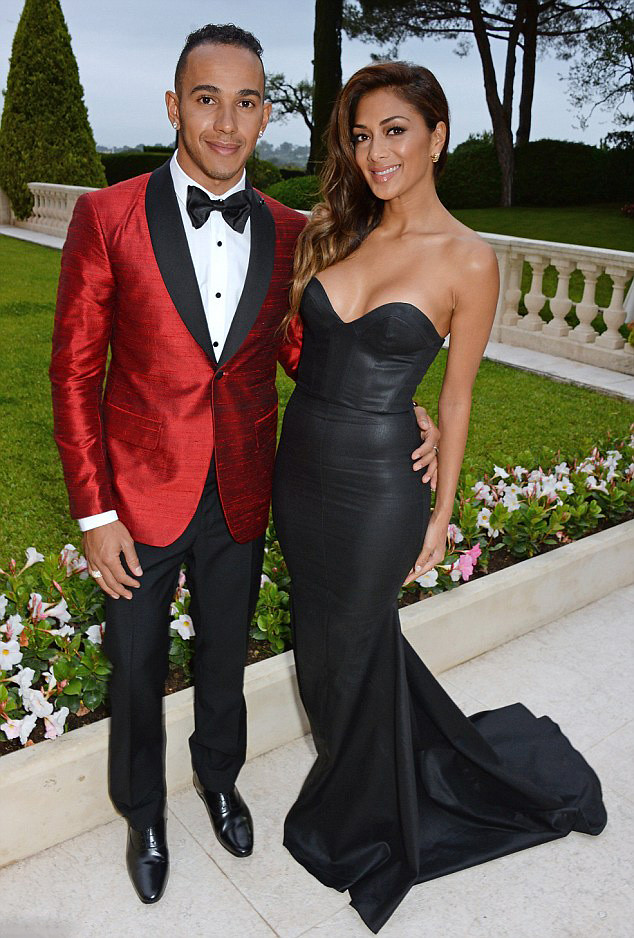
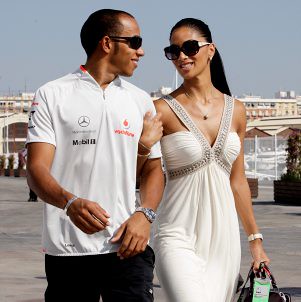
One of the clearest examples of the shift is professional golfer Lily Muni He, partner of Formula 1 driver Alex Albon. On paper, she could easily be slotted into the traditional WAG box: glamorous, stylish, and often photographed trackside. But Muni He is no passive plus-one. She turned professional in 2017, earned her place on the LPGA Tour by 2020, and continues to compete internationally. Her presence in motorsport media does not eclipse her golfing career, it amplifies it. Rather than reducing her to “a WAG,” her visibility broadens her platform as both an athlete and a public figure. It is a clear signal that the label can be redefined from within.
This reframing is not just about women. In the past few years, WAG has been applied, sometimes playfully and sometimes sincerely, to men whose partners are elite sportswomen. NFL safety Jonathan Owens, husband of gymnast Simone Biles, has found himself in that conversation. The coverage often focuses on his role supporting Biles at competitions, or on their complementary public profiles. The fact that a male athlete can be referred to as a WAG at all marks a cultural pivot. The term is no longer locked to gender, and the idea of a supportive partner in sport is no longer reserved for women.
The dual-gender usage speaks to something bigger happening in sport. As women’s competitions draw unprecedented audiences, from Biles packing arenas to the FIFA Women’s World Cup breaking TV records, the visibility of their partners becomes a mirror image of the dynamic long associated with men’s sports. In this sense, WAG has shifted from a derogatory tag to a neutral, even affectionate descriptor of someone closely tied to an athlete’s life, whether they are a celebrity in their own right or simply present in moments of triumph and defeat.
Of course, this evolution does not erase the term’s baggage. It was born in an era of tabloid voyeurism, where “WAG culture” was shorthand for frivolity. Critics argue that the label still risks flattening an individual’s identity into their relationship status. But the way it is now being embraced, by women like Muni He who use it as a springboard and by men like Owens who accept it without defensiveness, suggests that the meaning of WAG is more fluid than ever.
What is striking is that the people reshaping its meaning are doing so not by rejecting it, but by living out realities that do not fit the stereotype. The WAG today might be an Olympic gold medalist, a successful entrepreneur, a social activist, or, increasingly, a male athlete standing in the stands. If the term once suggested ornamental value, now it can signal shared ambition, mutual support, and visibility that flows in both directions.
The evolution of WAG is, in a way, a reflection of the broader shifts in sport and celebrity culture. The spotlight no longer belongs exclusively to the competitor. It extends to the ecosystem around them. And as that ecosystem diversifies, so does the meaning of the labels we use. In 2006, to be called a WAG was to be cast as a supporting character. In 2025, it might just mean you are part of the main story.
⸻
A Mini-History of “WAG”
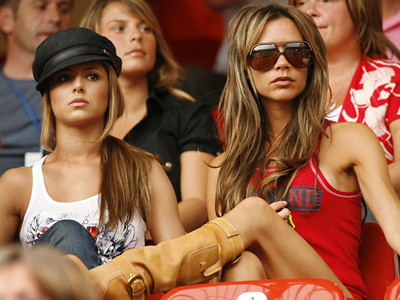
2002–2006: The term “WAG” begins appearing in UK tabloid headlines, with its breakout moment during the 2006 FIFA World Cup in Germany, when the England team’s partners, led by Victoria Beckham and Coleen Rooney, dominated media coverage.
Late 2000s: WAG becomes shorthand for a luxury-focused, paparazzi-friendly lifestyle, often used dismissively.
2010s: Criticism of the term grows, as athletes’ partners push back against its reductive nature.
2020s: Social media allows WAGs to control their own image. The term begins to be applied to men as women’s sport grows in visibility.
⸻
Lily Muni He – Redefining the Role
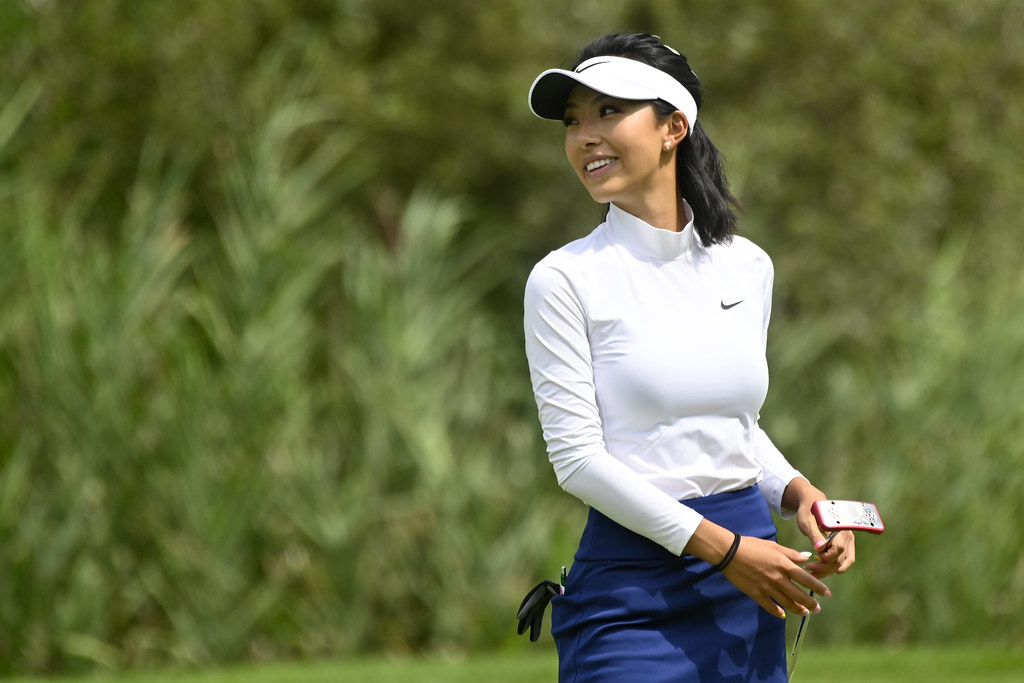
PRACTICE ROUND – Muni He (aka Lily He)
Lily Muni He’s golfing career predates her relationship with Alex Albon, but her presence in Formula 1 media has given her access to a new audience. She uses Instagram to share training clips, lifestyle photography, and sponsor collaborations, positioning herself as both a professional athlete and a style icon. By embracing the visibility that comes with being a WAG while maintaining her own sporting profile, she demonstrates how the label can work in an athlete’s favour.
Jonathan Owens – A WAG in Reverse
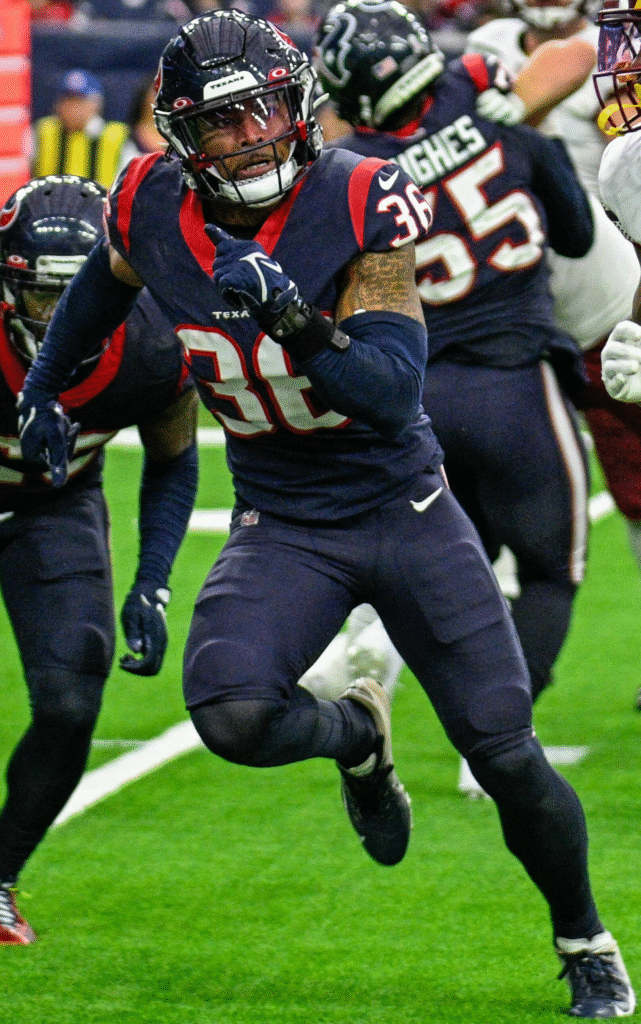
When Jonathan Owens married Simone Biles, the media coverage frequently flipped the traditional script. Instead of focusing solely on his own NFL career, Owens was often discussed in the context of his wife’s gymnastics dominance. This reversal highlights how WAG is no longer a gendered label. It is about visibility within the sporting world, regardless of who is competing and who is supporting.

